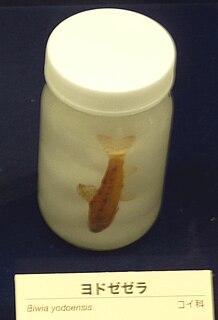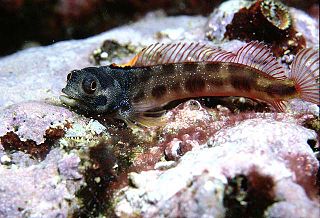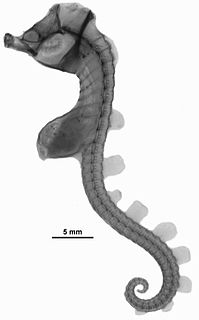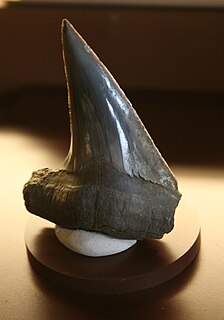 W
WBiwia yodoensis is a species of ray-finned fish in the genus Biwia found in the Yodo River basin in Japan.
 W
WThe Caribbean flagfin blenny is a species of chaenopsid blenny known from tropical reefs in Puerto Rico and the Virgin Islands, in the Caribbean Sea. This species reaches a length of 1.5 centimetres (0.59 in) SL.
 W
WThe Cortez barnacle blenny is a species of chaenopsid blenny found in the Gulf of California, in the eastern Pacific ocean. Males can reach a maximum length of 5.1 cm (2.0 in) SL, while females can reach a maximum length of 4 cm (1.6 in). The specific name honours the marine biologist Philip A. Hastings of the Scripps Institution of Oceanography.
 W
WDawkinsia rohani is a species of ray-finned fish in the genus Dawkinsia. It is endemic to the Western Ghats and inhabits the hill streams of Kanyakumari District in Tamil Nadu draining into the Arabian Sea.
 W
WGramma dejongi, also known as golden basslet, is a species of fish in the family Grammatidae native to reef environments of the tropical waters in the Caribbean Sea.
 W
WThe Indonesian wobbegong is a species of carpet shark in the family Orectolobidae, that can grow up to 120 cm in length. It lives in the Western Pacific on the ocean floor, and is harmless to humans.
 W
WHemiscyllium michaeli, the leopard epaulette shark, is a species of bamboo shark in the genus Hemiscyllium. It is a tropical shark known from the shallow ocean in the Milne Bay region of eastern Papua New Guinea. The epaulette sharks of this region have long been confused with H. freycineti, and it was only in 2010 that H. michaeli was described as a separate species by Gerald R. Allen and Christine L. Dudgeon. It can reach a maximum length of 69.5 centimetres (27.4 in).
 W
WThe Ningaloo maskray is a species of stingray in the family Dasyatidae, found along the northwestern coast of Australia. Measuring up to 30 cm (12 in) across, it has a diamond-shaped pectoral fin disc with a blunt snout and rounded outer corners. Its tail is whip-like with both upper and lower fin folds. This species has a distinctive dorsal color pattern consisting of numerous small, sharp-edged deep orange spots and slightly larger, fuzzy-edged pale blue spots on a yellowish brown background.
 W
WPanaque armbrusteri is a recently described species from the South American armoured catfish family Loricariidae. They are distributed throughout the Tapajós river, a large tributary of the Amazon River, with similar populations found in the Xingu, Araguaia, Tocantins and Aripuanã rivers; although it is uncertain whether these populations comprise the same or different species. It is a fairly popular aquarium fish amongst other pleco species, and is one of the species commonly referred to as a royal pleco.
 W
WThe paradoxical seahorse is a small seahorse in the genus Hippocampus. The only known specimen was captured in 1995 and remained unnoticed in a museum until 2006.
 W
WSqualius janae, commonly known as the Istrian chub, is a species of freshwater fish in the carp family Cyprinidae. It was first described in 2010 from the Dragonja River drainage in Slovenia. Since then they have also been found in the Boljunčica and Pazinčica river drainages in Istria, Croatia.
 W
WCretoxyrhina is an extinct genus of large mackerel shark that lived about 107 to 73 million years ago during the late Albian to late Campanian of the Late Cretaceous period. The type species, C. mantelli, is more commonly referred to as the Ginsu shark, first popularized in reference to the Ginsu knife, as its theoretical feeding mechanism is often compared with the "slicing and dicing" when one uses the knife. Cretoxyrhina is traditionally classified as the likely sole member of the family Cretoxyrhinidae but other taxonomic placements have been proposed, such as within the Alopiidae and Lamnidae.